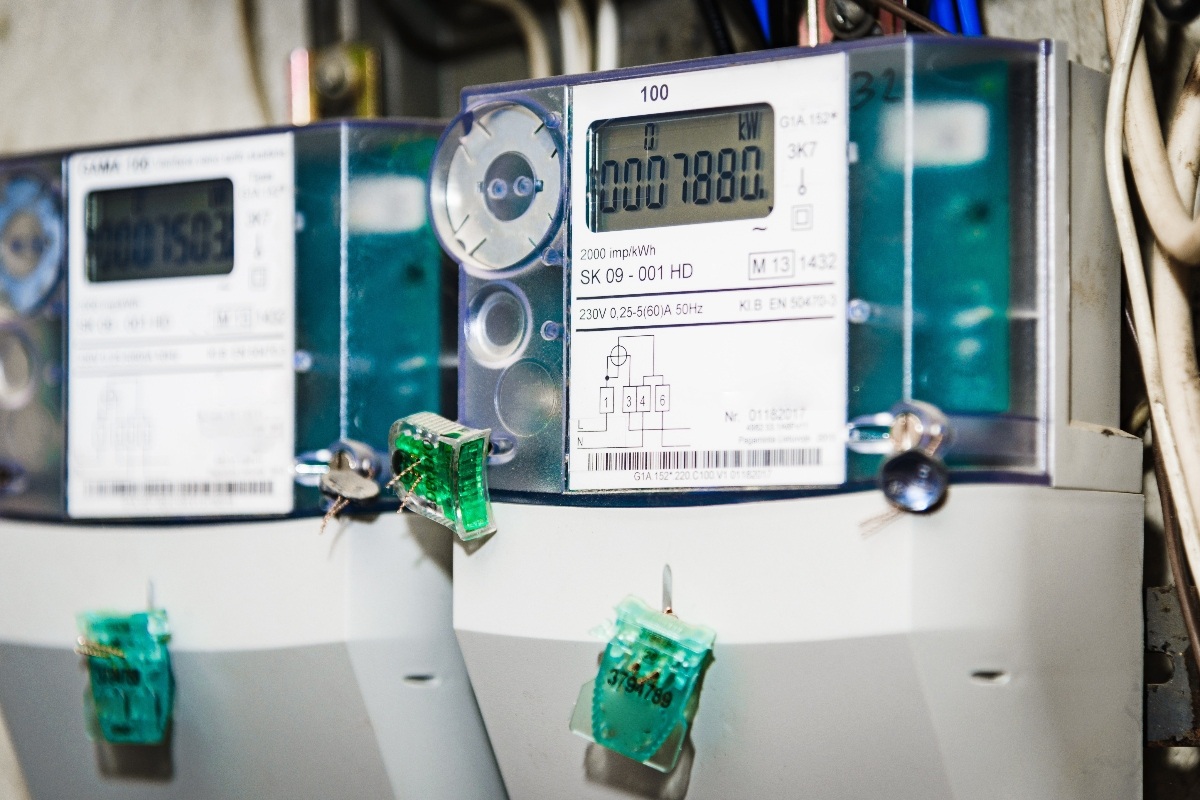As regulations and security measures for smart meters develop, these devices often find themselves encased within metallic covers to meet industry mandates. While this practice is intended to enhance protection and security, it introduces complexities related to radio frequency (RF) signal shielding.
This shielding is the blocking of wireless signals that significantly attenuate the connectivity of smart meters. But at the same time, signal shielding can be used to add directionality to RF signals and have a positive impact rather than a negative one.
This article explores the dual nature of signal shielding; its challenges and potential benefits, and discusses how customised antenna solutions can leverage this phenomena to optimise smart meter connectivity.
What is signal shielding and how does it impact smart meters?
Signal shielding occurs when an object, particularly one made of conductive materials like metal, obstructs the path of RF signals from antennas. When completely enclosed, this phenomenon is known as the Faraday cage effect that prevents any signal from penetrating or escaping the enclosure.
This issue is particularly relevant for smart meters, as there is a growing mandate for the use of metallic enclosures for robust physical protection. While these metallic covers provide significant durability, they also degrade RF signal quality by shielding/blocking and reflecting signals. This interference results in diminished wireless communication capabilities of smart meters, impacting crucial tasks such as real-time energy readings and remote management which rely heavily on effective and regular wireless communication.
How shielding can be used to enhance wireless performance instead of blocking it
Interestingly, the same metallic materials that inhibit signal transmission can be engineered to enhance it if used correctly. For smart meters, employing metal plates as reflectors rather than barriers can enhance the directionality and focus of RF signals. Strategic placement and orientation of these reflectors around the antenna can direct signals towards intended receivers, improving signal strength and quality, and overcoming the limitations imposed by metallic lids.
How a custom antenna solution can maximise smart meter connectivity
Addressing the challenges posed by metallic enclosures in smart meters requires innovative antenna solutions. Custom-designed antennas, such as blade or bespoke SMD antennas, can turn potential hindrances into advantages. These antennas are engineered to mitigate interference and maximise signal propagation, ensuring that smart meters achieve optimal performance even in challenging environments with signal shielding. But in order to integrate such an antenna, you need a partner in integration to help you find out the perfect wireless solution for your specific meter environment.
Integrate the perfect antenna solution for your smart meter with Antenova
As industries continue to evolve and as more sophisticated security and environmental protections are mandated, understanding and leveraging the phenomena of signal shielding is crucial. With Antenova, you can transform these challenges into assets, ensuring robust, efficient and reliable smart meter performance.
Antenova specialises in developing both standard and bespoke antenna solutions tailored to the specific needs of various industries. Our expertise in antenna design and integration ensures that each solution exceeds the performance requirements in environments affected by signal shielding and other factors
By partnering with Antenova, you gain access to cutting-edge technology and a team dedicated to maximising the wireless capabilities of your smart meters. Contact us today to explore how our custom solutions can enhance your smart meter applications and help navigate the complexities of RF signal management in metallic enclosures.




